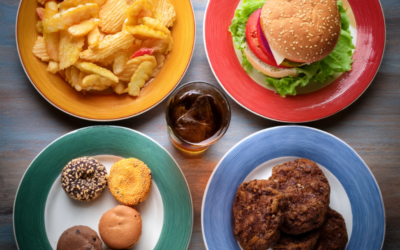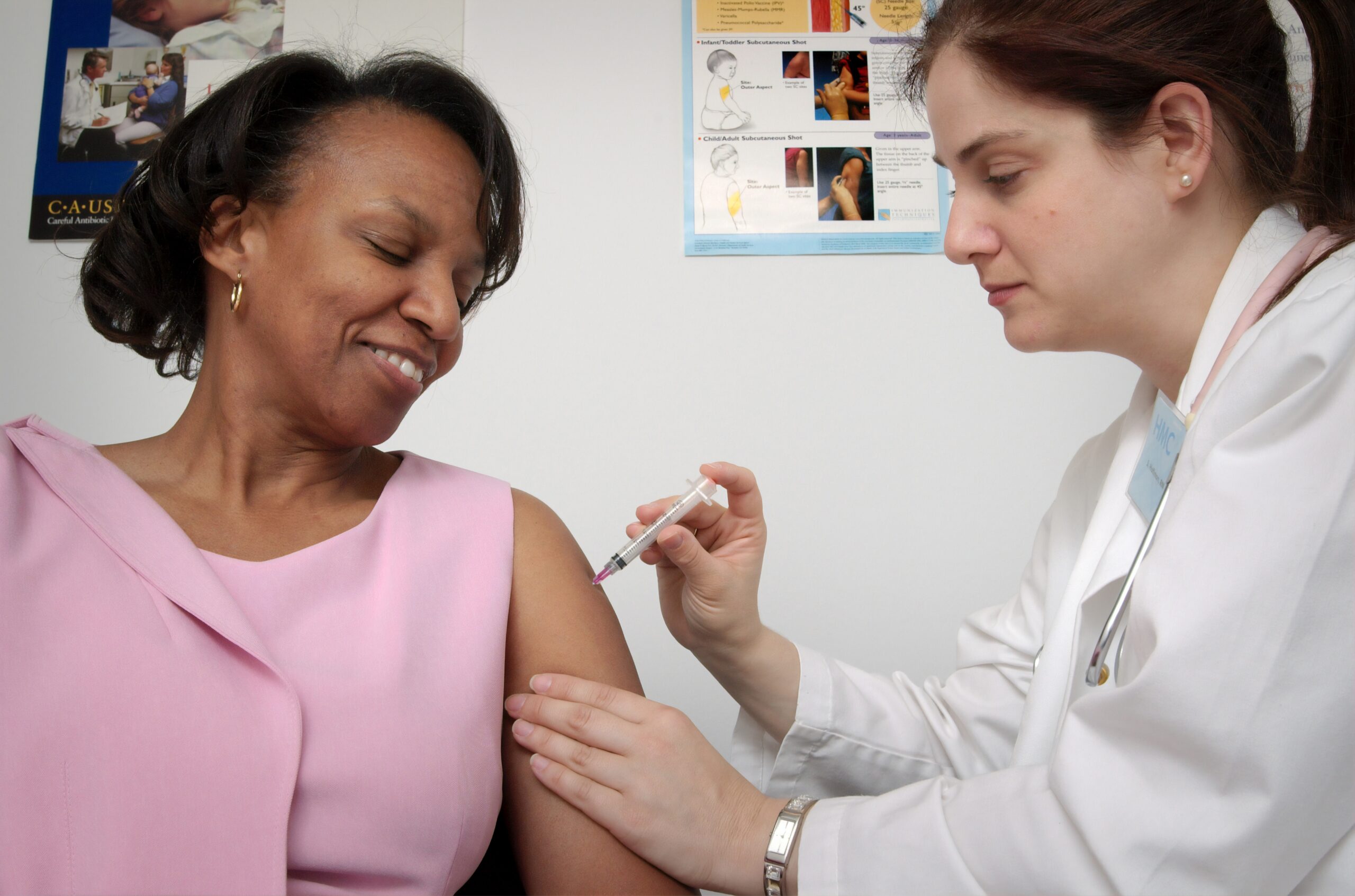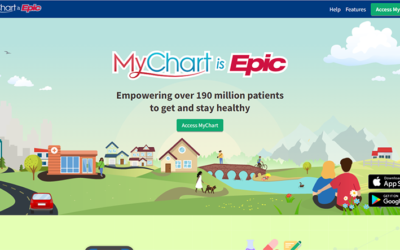Blood Pressure in Diabetes
Your body uses sugar for many different reasons, but one of the major uses is to make energy. If you have high blood sugar in the blood, your body cannot use it the right way, which may cause you to develop other medical conditions, such as heart disease, kidney disease, and many others.
Hypertension (High Blood Pressure)
A large majority of people with diabetes also have a condition called hypertension, or high blood pressure. This is very common for people with type 2 diabetes, but it can also develop in people with type 1 diabetes.
- High blood pressure, like diabetes, has the potential to cause the development of other health conditions —some of which will be the same between both conditions.
- This is why your doctor will check to see if your blood pressure is well controlled, especially if you also have diabetes.
- A well-controlled blood pressure is one that is equal to or lower than the number recommended by guidelines your doctor follows. For most people, you can expect the goal for the top number to be less than 130-140, and for the bottom number to be less than 80-90.
- At each checkup, your doctor will take your blood pressure and discuss which “number” is best for you.
Medications
If you have both diabetes and high blood pressure, it is not uncommon for your doctor to start you on a medication that will help to protect your kidneys. We said earlier that diabetes and high blood pressure can cause other medical conditions to develop —kidney disease is a condition that can be caused by either one.
- There are medications, known as an “ACE-inhibitors” or “ARBs,” that are used primarily to lower blood pressure, but have the added benefit of protecting your kidneys from potential damage.
- In addition to these two types of high blood pressure medications, there are other blood pressure medications that can be used to treat high blood pressure, including medications like furosemide, hydrochlorothiazide, and amlodipine besylate. The ultimate goal is to lower blood pressure in whatever way is most appropriate for you.
- In some cases, you may have to take more than one type of high blood pressure medication to obtain good control. This will be a discussion you have with your doctor at the time of prescribing.
Besides taking medication, there are other ways to lower blood pressure and high blood sugar. Some things you can do include:
Eat Better
Less salt, more fresh foods! Try to cut back the amount of salt you eat while also trying to increase the amount of fresh fruits and vegetables, whole grains, and fiber in your diet.
Drink more water
For the average person, the recommended amount of water per day is about 8 full glasses. A full glass is considered to be 8 ounces of fluid. Try keeping a glass of water around throughout the day as a reminder to drink.
Exercise regularly
Get up and stay active! The American Heart Association (AHA) recommends 30 minutes per day of “aerobic” activity about 5 times per week (e.g., walking, hiking, swimming, running).
Quit smoking
Smoking can be the culprit of many health-related issues, including increasing blood pressure. Reducing the number of cigarettes you smoke or quitting all together will always have a positive effect on your health. If you feel you are ready to quit smoking, consult your pharmacist —they can discuss the available options with you.
Limit alcohol
Like smoking, alcohol can lead to many health-related problems, one of which is high blood pressure. It is recommended to limit intake to two drinks per day for men and one drink per day for women. One drink is considered to be 12 ounces of beer, 5 ounces of wine, or 1.5 ounces of hard liquor (e.g., vodka).
The examples listed above are just a few of the lifestyle changes that may contribute to lowering blood pressure and blood sugar, if done safely. Always consult your primary care provider before making any changes to your current diet and exercise routine to make sure it is appropriate and safe for you to do.
Recent Posts
STOP Eating These Foods If You’re Stressed!
Cortisol is a hormone our bodies make when we're stressed. It helps us handle tough situations, but too much for too long can harm our health. Some foods can raise cortisol levels, making stress harder to manage. Let’s learn about these foods and how to make healthier...
Don’t Let Measles Sneak Up on You: Here’s How to Stay Protected
Measles is a serious illness that spreads easily — especially among kids and people who aren’t vaccinated. The best way to protect yourself and your family is by getting the MMR vaccine. 🛡️ What Is the MMR Vaccine? The MMR vaccine protects against measles, mumps, and...
Get Started with the MyChart App: Your Health at Your Fingertips
Managing your health just got easier with MyChart! This handy app lets you access your health information anytime, anywhere. Available in both English and Spanish, MyChart brings convenience right to your smartphone or computer. Here's how you can get started. Why Use...
Stay Cool for the Summer
What You Need to Know About Heat-Related Illnesses When the weather gets hot, it's important to stay safe. Spending too much time in the heat can make you sick. Most heat-related illnesses happen when you’re out in hot weather for too long. Your body cools itself by...
Benefits of Meditation to Reduce Stress
Meditation can give you a sense of calm, peace and balance that can benefit your emotional well-being and your overall health. You also can use it to relax and cope with stress by focusing on something that calms you. Meditation can help you learn to stay centered and...
Stay Active This Summer: Free Activities and Workouts for Everyone
Discover exciting and free ways to stay active this summer! From bike trails and state parks to low-impact workouts and more, our comprehensive list has something for everyone. Read on to explore all the fun activities and get moving today!





